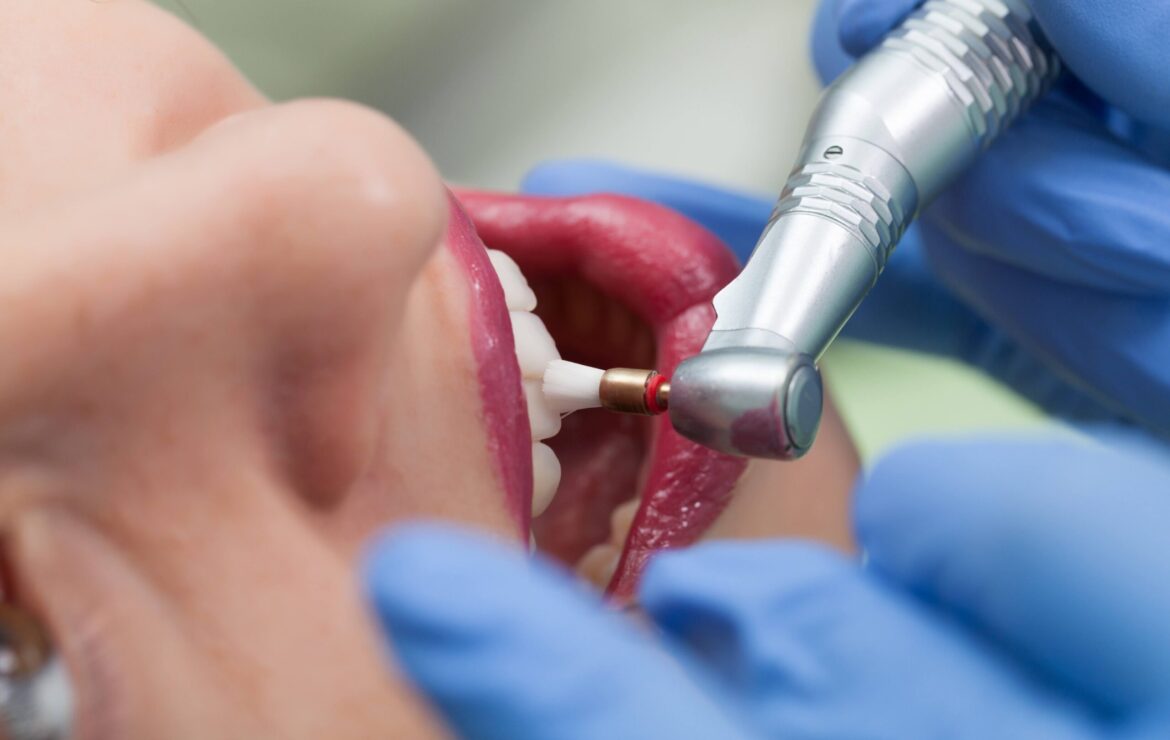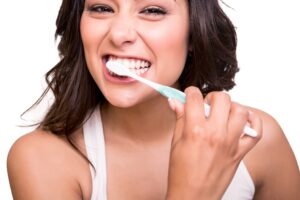Prophylaxis (Teeth Cleaning)

Prophylaxis (Teeth Cleaning)
A dental prophylaxis is a cleaning technique used to give the teeth a thorough cleaning. Prophylaxis is a crucial dental procedure for slowing the progression of gingivitis and periodontal disease. When bacteria from plaque colonize the gingival (gum) tissue, either above or below the gum line, periodontal disease and gingivitis develop.
These bacterial colonies seriously inflame and irritate the body, which results in a long-lasting inflammatory reaction. As a result, the teeth start to move, become unstable, or even fall out completely as the body starts to gradually damage the bone and gum tissue. The spaces between the gums and teeth widen and become more populated with bacteria that can spread to other body areas through the circulation.
Prophylaxis is a great method to maintain the health of the oral cavity and slow the growth of gum disease.
Here are a few advantages to prophylaxis:
- Tartar removal:
If left untreated, plaque and tartar (calculus) buildup above and below the gum line can result in serious periodontal issues. It may not be feasible to completely remove debris, bacteria, and deposits from gum pockets even with the best brushing and flossing homecare methods. To identify and address issues like tartar and plaque accumulation, a dentist's trained eye and specialized dental tools are required.
- Aesthetics:
Having teeth that are discolored and yellow makes it difficult to smile with confidence. Prophylaxis can remove unattractive stains from the teeth and restore the smile to its former splendor.
- Fresher breath:
halitosis, or persistent foul breath, is frequently an indication of periodontal disease. In most cases, decomposing food particles below the gum line, potential gangrene resulting from gum infection, and periodontal issues all contribute to bad breath. Plaque, calculus, and bacteria elimination significantly enhance breath and reduce irritation.
- Identification of health issues:
A lot of health issues initially come to the dentist's attention. The dentist can screen for oral cancer, assess the risk of periodontitis, and frequently identify symptoms of medical conditions like diabetes and renal issues because prophylaxis entails a complete examination of the entire mouth cavity. Additionally, suggestions for changing the home care schedule can be made.
What medical procedures fall under prophylaxis?
Prophylaxis can either be done at a routine dental appointment or at home.
Prophylaxis is typically carried out in stages:
- Supragingival cleaning:
To get rid of plaque and calculus, the hygienist will use scaling instruments to thoroughly clean the area above the gum line.The most crucial stage for individuals with periodontal disease is subgingival cleaning because the hygienist can remove calculus from the gum pockets and below the gum line.
The hygienist will polish the tooth root during root planing to get rid of any lingering bacteria. The hygiene team's first priority is to get rid of these bacteria because they pose a serious risk to those with periodontitis.
2. Medication:
An antibiotic or antibacterial cream is frequently applied to the gum pockets after scaling and root planing. These treatments assist in reducing discomfort while promoting quick and healthy healing in the pockets.
Radiography and examination
Routine X-rays can be incredibly insightful regarding periodontal disease. X-rays help the dentist discover any potential problem areas by revealing the degree of bone and gum recession.
Prophylaxis is advised twice a year as a prophylactic step but should be carried out every three to four months for people who have periodontitis. Prophylaxis is one of the methods the dentist can employ to successfully arrest the harmful progression of gum disease, even though gum disease cannot be completely reversed.







